

An American photographer who has travelled to more than 100 countries on six continents has revealed a incredible back catalogue of pictures that showcase indigenous cultures in harmony with their natural environment.
Lisa Kristine's latest collection, titled Intimate Expanse, examines the complex and different relationships between humans and the land which they live off, across the world.
The breath-taking pictures document awe-inspiring settings everywhere from Fez and Tanzania, to China and Timbuktu.
Candid moments of men and women working in the rice fields of Vietnam and the salt mines of the Andes have been captured in vibrant and tender detail.
Best known for her saturated use of colour, Kristine's striking images aim to 'identify the universal human dignity in all of us.' Her powerful shots are designed to resonate and stir compassion.
The humanitarian photographer's pictures highlight social causes including human trafficking, but not just through visual aid - the proceeds from the sales of her work often goes to organisations such as Free the Slaves.

A local man poses for a photo in the jungles of Ecuador, with his hunting tools proudly on display.
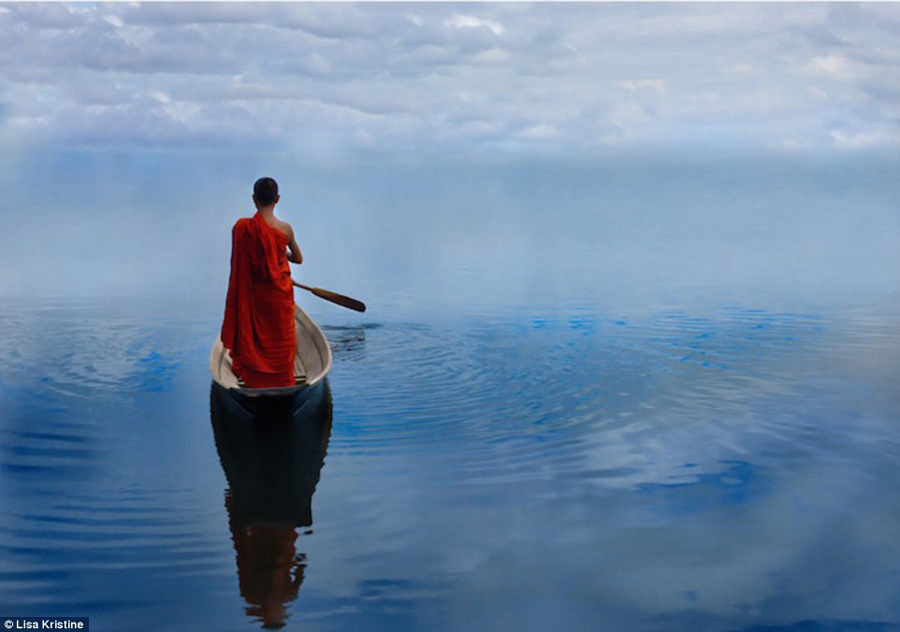
This image taken in Myanmar is entitled 'Eternity' and captures the striking red robes of a monk rowing a boat across a water that blends into the blue of the horizon.
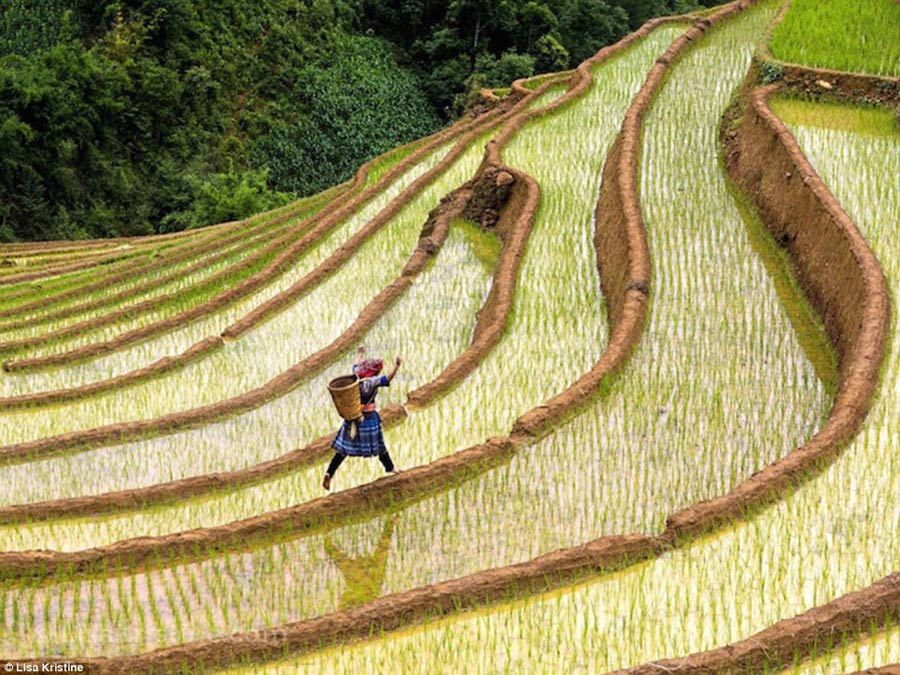
A woman leaps along the walls of a Vietnamese paddy field. The basket on her back is to carry the rice stems that she picks.
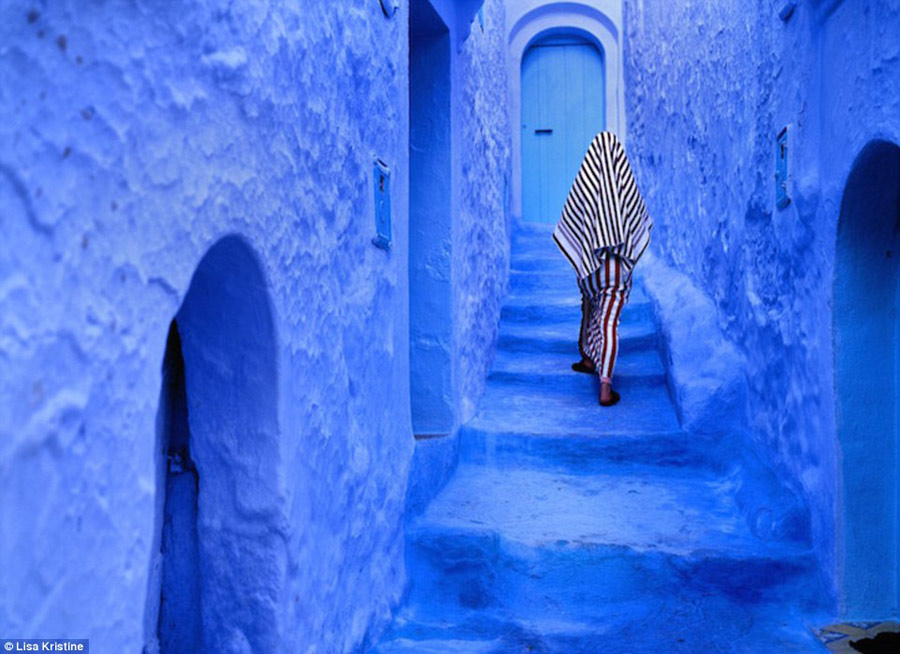
A woman swathed in red and white traditional Berber textile is seen entering her home in the Riff mountains. Moulay Ali Ben Rashid founded this small mountain village called Chefchaouen in 1471. The stunning blue of the dwellings was introduced by the Jews in the 1930’s to replace the whitewashed buildings with green doors and windows that had represented Muslims.
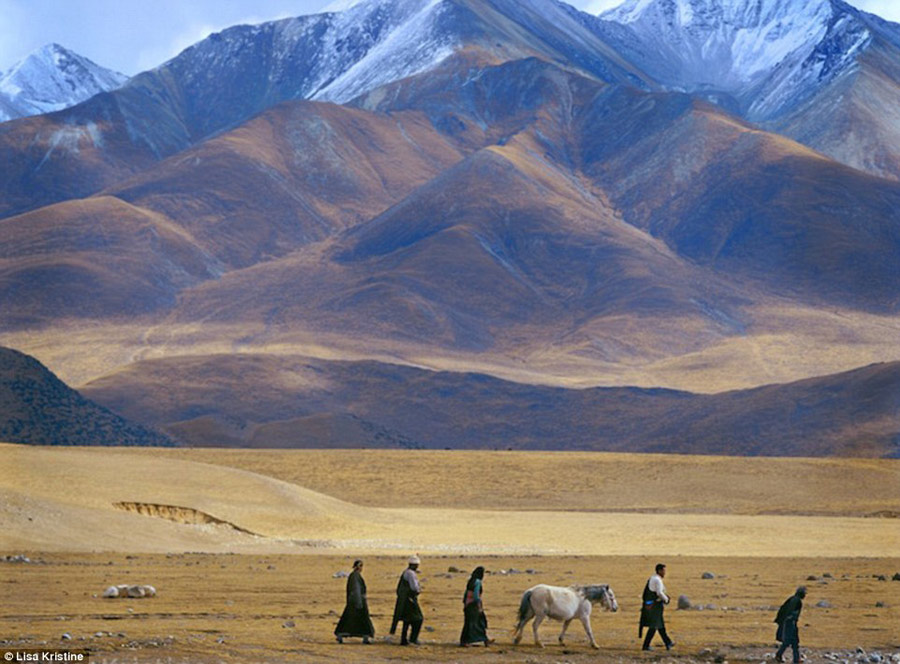
A group of Nomads of Tibet, who are called ‘Drokpas’ and travel in groups of several families. The nomads move up to ten times a year to graze their herds.
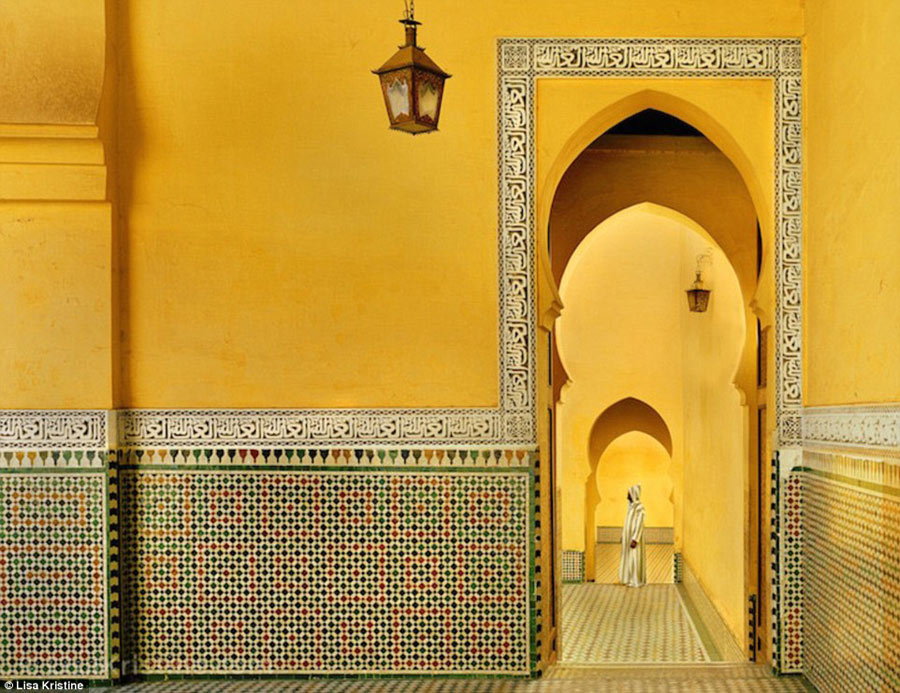
This yellow mausoleum was built as a final resting place for Moulay Ismail ibn Sharift - the second ruler of the Moroccan Alaouite dynasty in Meknes, Morocco.
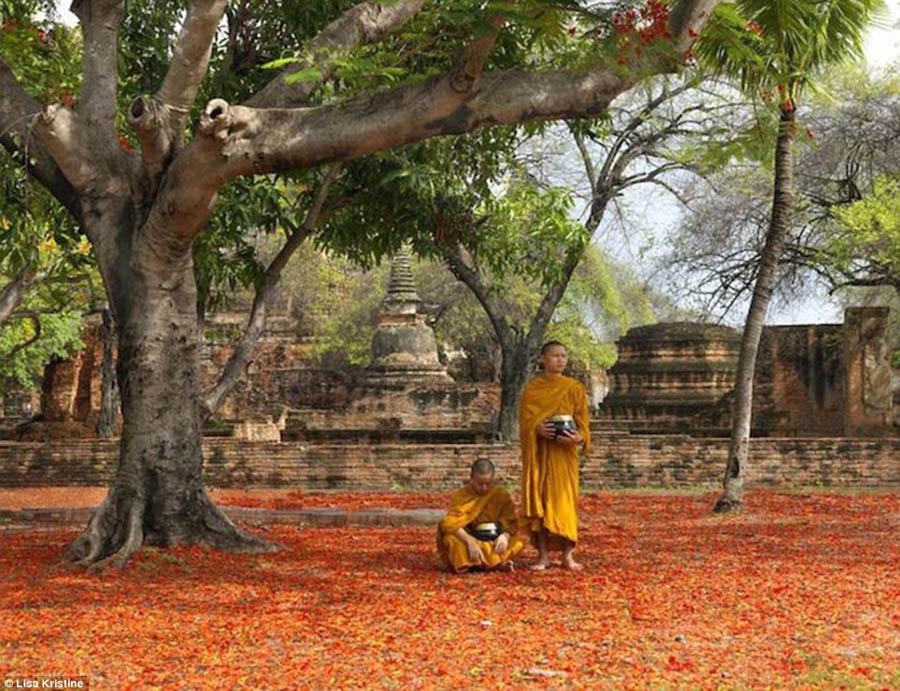
Ayutthaya was a Siamese kingdom that existed from 1351 to 1767. These Buddhist monks stand below a vibrantly flowering tree in the ancient city.
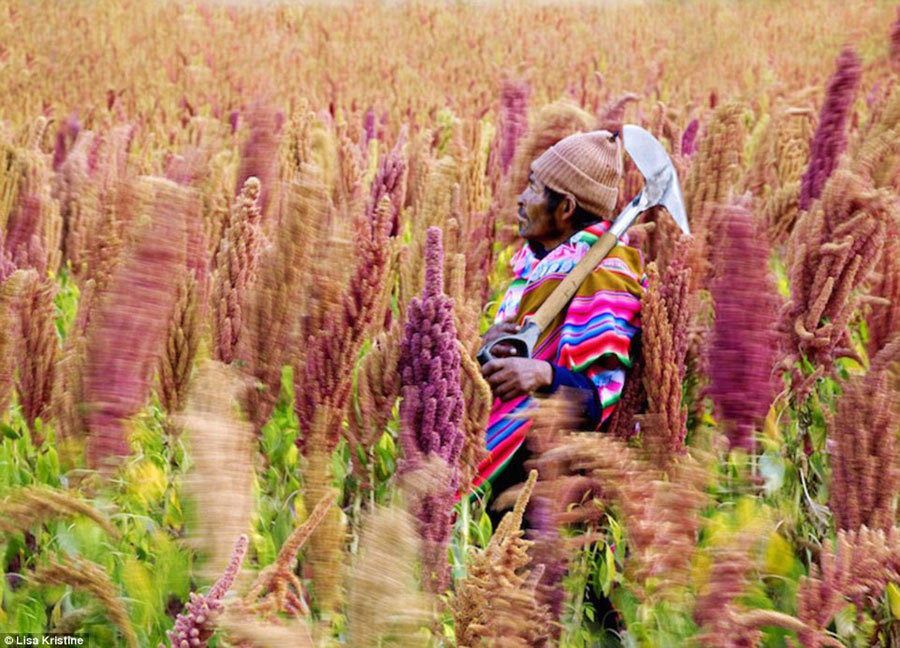
A man cultivates Kiwicha in the Sacred Valley in Peru's Andean highlands. It is an ancient crop that is a staple in Peruvian diets, which is expected to become the next health fad globally.

A traditional dhow boat sails near the coastline of Tanzania. Typically sporting long thin hulls, dhows mainly carry heavy items, like fruit, fresh water or merchandise.

Two young men enjoy an evening swim in the twilight while jumping off rocks near the coast in Zanzibar.
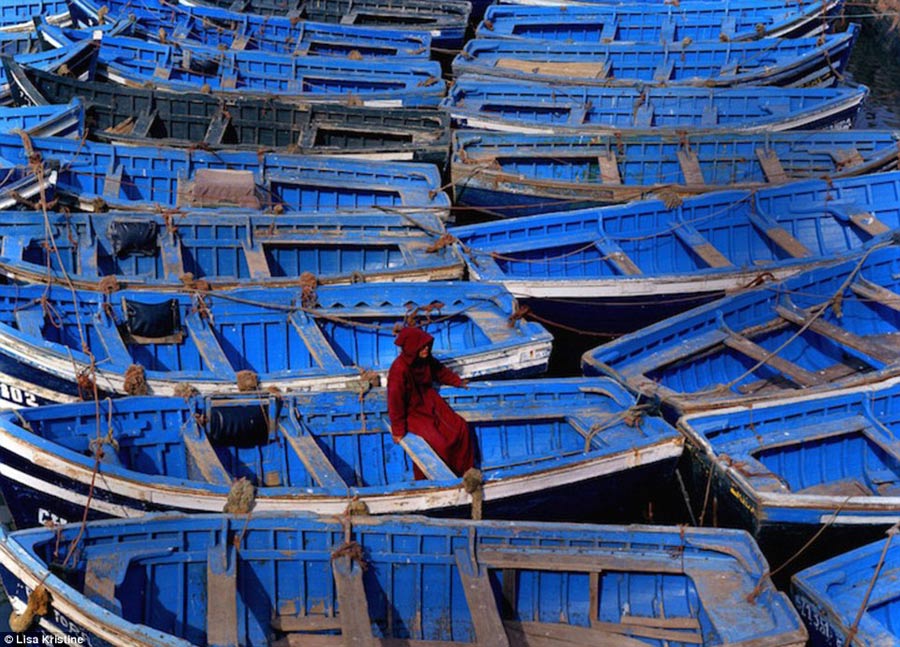
A locals in a hooded cloak and pointed slippers sits and inspect rows of boats painted in the traditional brilliant blue in the port city of Essaouira on Morocco’s Atlantic coast.

These salt mines in the Andes have been used as a source of salt for thousands of years by the Inca people.
Day|Week

 Who Will Fit The Chinese Roles In Game Of Thrones?
Who Will Fit The Chinese Roles In Game Of Thrones?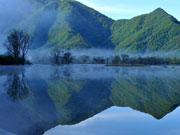 China's Hubei Shennongjia added to World Heritage List
China's Hubei Shennongjia added to World Heritage List Cute Dog At Fruit Stand Becomes Latest Internet Sensation
Cute Dog At Fruit Stand Becomes Latest Internet Sensation Thai most beautiful transgender Nong Poy release new photos
Thai most beautiful transgender Nong Poy release new photos Top 10 livable Chinese cities
Top 10 livable Chinese cities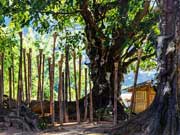 The last primitive tribe in China
The last primitive tribe in China China's first intelligent security robot debuts in Chongqing
China's first intelligent security robot debuts in Chongqing A Total of 3,552 Subscribers Vanish In Two Days; YouTube Closes All Doors to Users’ Inquiries
A Total of 3,552 Subscribers Vanish In Two Days; YouTube Closes All Doors to Users’ Inquiries Out of this world! Futuristic UFO-shaped yacht has its own garden and a stunning underwater viewing deck
Out of this world! Futuristic UFO-shaped yacht has its own garden and a stunning underwater viewing deck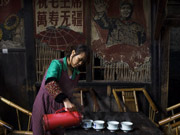 An old tea house in Chengdu
An old tea house in Chengdu